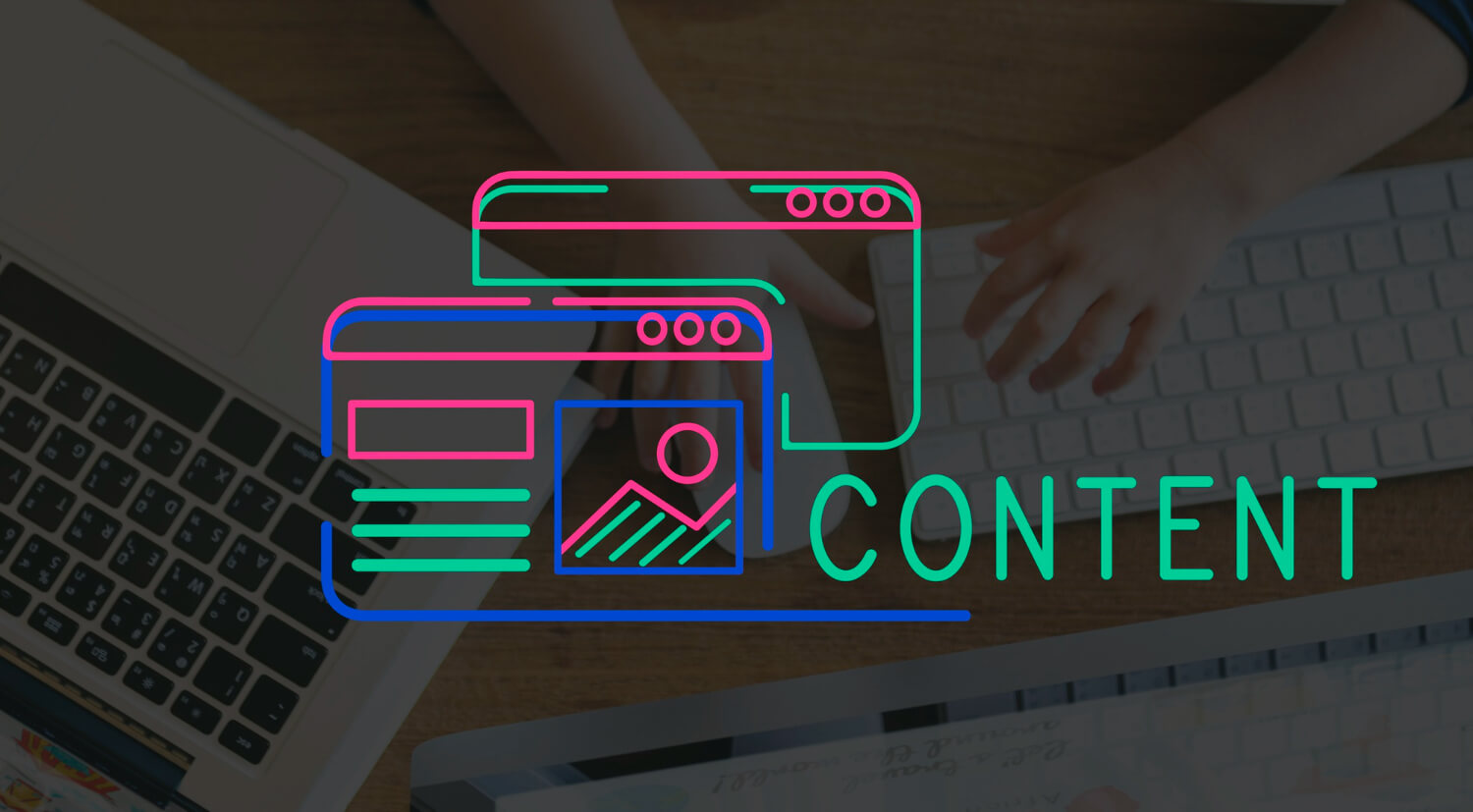In the dynamic world of search engine optimisation (SEO), understanding Google’s crawl and index frequency is crucial for any website to rank higher and attract more traffic. These processes are the foundation for Google’s search results, determining which websites appear and for what queries.

In this comprehensive guide, we’ll demystify the concepts of crawling and indexing, explore the factors that influence these processes, and provide actionable insights to help you optimise your website for better visibility and performance.
Understanding Crawling: The Web’s Exploration Process
Crawling is the process by which Googlebot, Google’s web crawler, discovers and revisits web pages. It navigates the web by following links from one page to another, identifying new and updated content to be indexed. The frequency of crawling can vary based on several factors, including the popularity and authority of a website, the freshness of its content, and its overall structure and navigation.
Here’s a breakdown of the Google crawling process:
- Seed URLs: Google starts with a set of seed URLs, including popular websites, sitemaps submitted by webmasters, and previously discovered URLs.
- Following Links: Crawlers meticulously follow links on a webpage, discovering new content and adding them to their queue for exploration.
- Prioritisation: Google prioritises crawling based on various factors, including website freshness, relevance, and mobile-friendliness. High-quality and frequently updated websites are crawled more often.
SEO Tip: Regularly update your website with fresh content and ensure your sitemap is submitted to Google Search Console. This helps crawlers discover your new content faster.
Indexing: The Library of the Web
Crawled web pages aren’t directly displayed in search results. Once a page is crawled, it undergoes indexing, where the content is analysed and stored in Google’s vast database, making it eligible to appear in search results. Indexing doesn’t guarantee that a page will rank for specific queries, but it’s a crucial step in making your content discoverable by search engines.
Here’s a simplified view of the indexing process:
- Content Analysis: Google analyses the content of the crawled webpage, including text, images, and code. This analysis helps understand the webpage’s topic and relevance to various search queries.
- Quality Assessment: Google assesses the overall quality of the webpage based on factors like mobile-friendliness, user experience, and the presence of high-quality content.
- Indexing Decision: Based on the analysis and quality assessment, Google decides whether to index the webpage and make it part of its search results.
SEO Tip: Focus on creating high-quality, informative content that targets relevant keywords. Ensure your website is mobile-friendly and offers a positive user experience to improve your chances of being indexed by Google.
Factors Influencing Crawl and Index Frequency

The frequency of Google crawling and indexing your website depends on several factors:
Website Freshness: Websites with frequently updated content are crawled and indexed more often. Regularly publishing new blog posts, articles, or product pages signals to Google that your website is active and deserves more frequent visits.
Website Authority: Established websites with high domain authority are crawled and indexed more frequently compared to new websites. Building backlinks from reputable websites increases your website’s authority and encourages Google to crawl and index your content more often.
Mobile-Friendliness: In today’s mobile-first world, Google prioritises websites that offer a seamless user experience on mobile devices. A mobile-friendly website is more likely to be crawled and indexed regularly.
Site Structure: A well-organised site with a clear hierarchy and easy navigation encourages more efficient crawling. Optimising your website structure and internal linking helps crawlers discover your content efficiently, maximising your crawl usage.
Server Responsiveness: Websites with fast loading times and minimal downtime are favoured by Googlebot.
Sitemaps: Submitting a sitemap through Google Search Console can help Google discover and crawl your pages more effectively.
Beyond the Basics: Advanced Techniques for SEO Success
While understanding Google crawl and index frequency is essential, SEO is a multifaceted discipline. Here are some additional strategies to consider:
- Keyword Research: Identify relevant keywords that your target audience searches for and optimise your content accordingly.
- On-Page Optimisation: Optimise your website’s title tags, meta descriptions, header tags, and image alt text with targeted keywords.
- Link Building: Acquire backlinks from high-quality and relevant websites to signal authority and trust to Google.
- Technical SEO: Ensure your website has a clean and efficient code structure, fast loading speed, and a secure connection (HTTPS).
- Content Marketing: Develop a consistent content marketing strategy that provides valuable and informative content to your target audience.
Utilising Tools for SEO Success
Several SEO tools can help you monitor your website’s performance and improve your SEO efforts. Here are a few popular options:
- Google Search Console: This free tool from Google provides valuable insights into your website’s crawl status, indexation, and search performance.
- Google Analytics: This free tool allows you to track website traffic, user behaviour, and conversions to understand how users find your website and interact with your content.
- Ahrefs: This paid tool offers comprehensive SEO analysis, including keyword research, competitor analysis, backlink checking, and on-page optimisation suggestions.
- SEMrush: Another powerful paid SEO tool that provides keyword research, backlink analysis, rank tracking, and on-page SEO audit features.
- Moz: A popular SEO toolset offering keyword research, on-page optimisation suggestions, link building tools, and domain authority checker.
Conclusion
By understanding Google’s crawl and index frequency, you can gain valuable insights into how Google perceives your website which can significantly impact your website’s visibility and search engine rankings. By focusing on creating high-quality content, building authority, and optimising your website’s technical aspects, you can encourage Google to crawl and index your content more frequently, ultimately improving your website’s search ranking and online visibility.
Remember, SEO is a continuous process. Regularly monitor your website’s performance, stay updated with the latest SEO trends, and consider partnering with an experienced SEO agency in Australia to maintain a strong presence in search results and achieve long-term SEO success.
Recent Posts
Get your FREE 30 minute Digital Marketing Consultation.
Learn how you can grow your business by unlocking the full potential of Digital Marketing.





